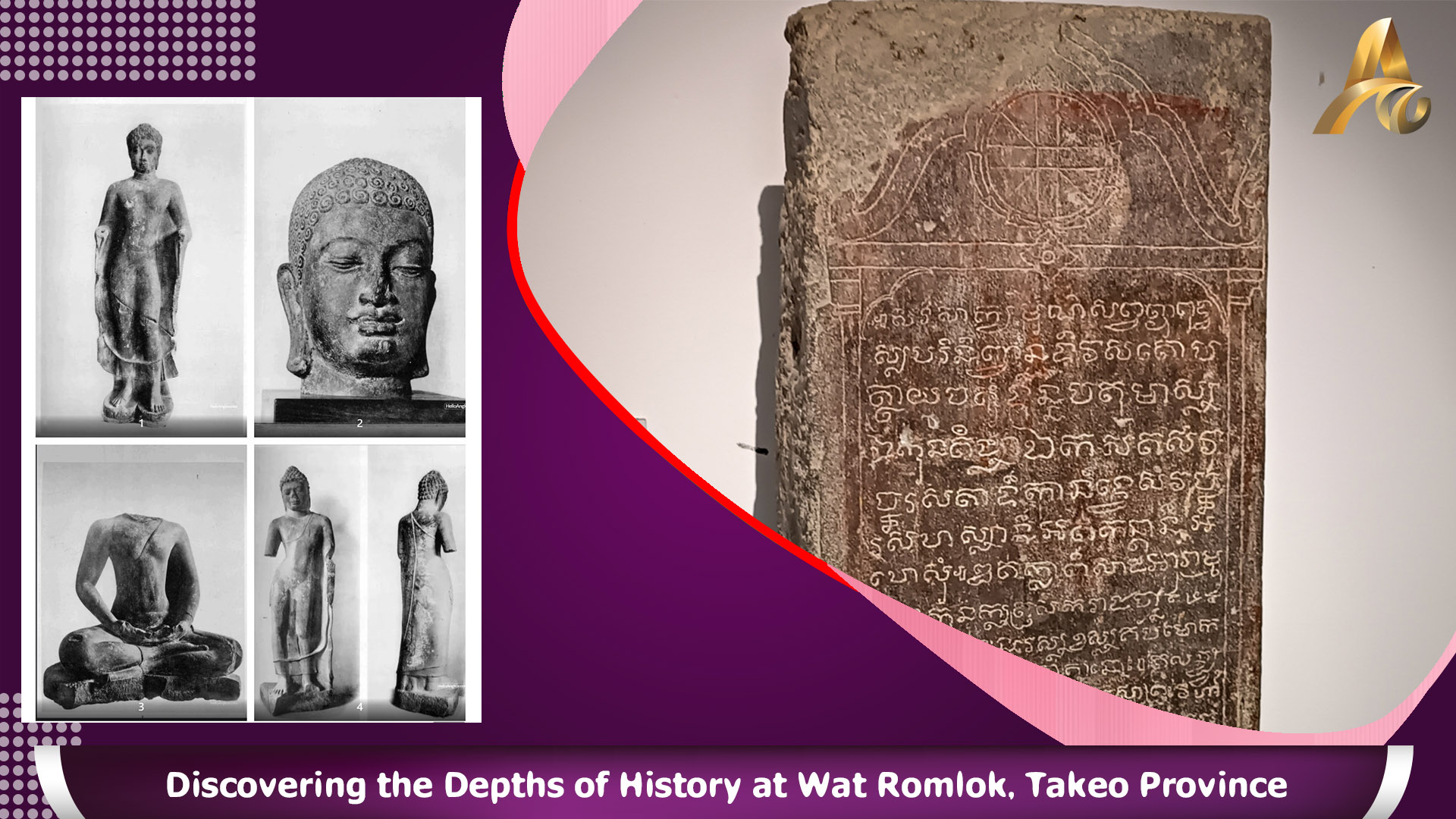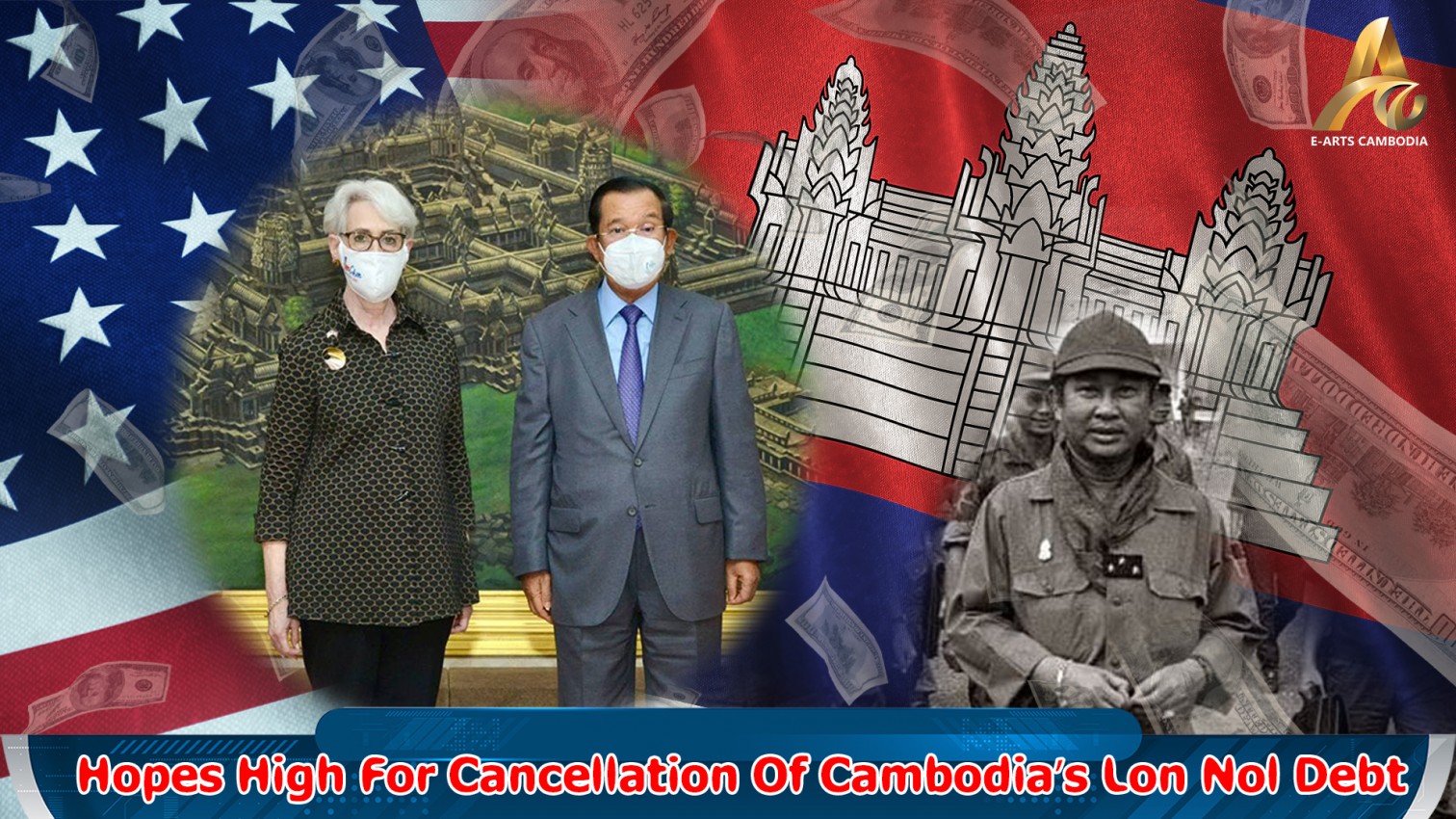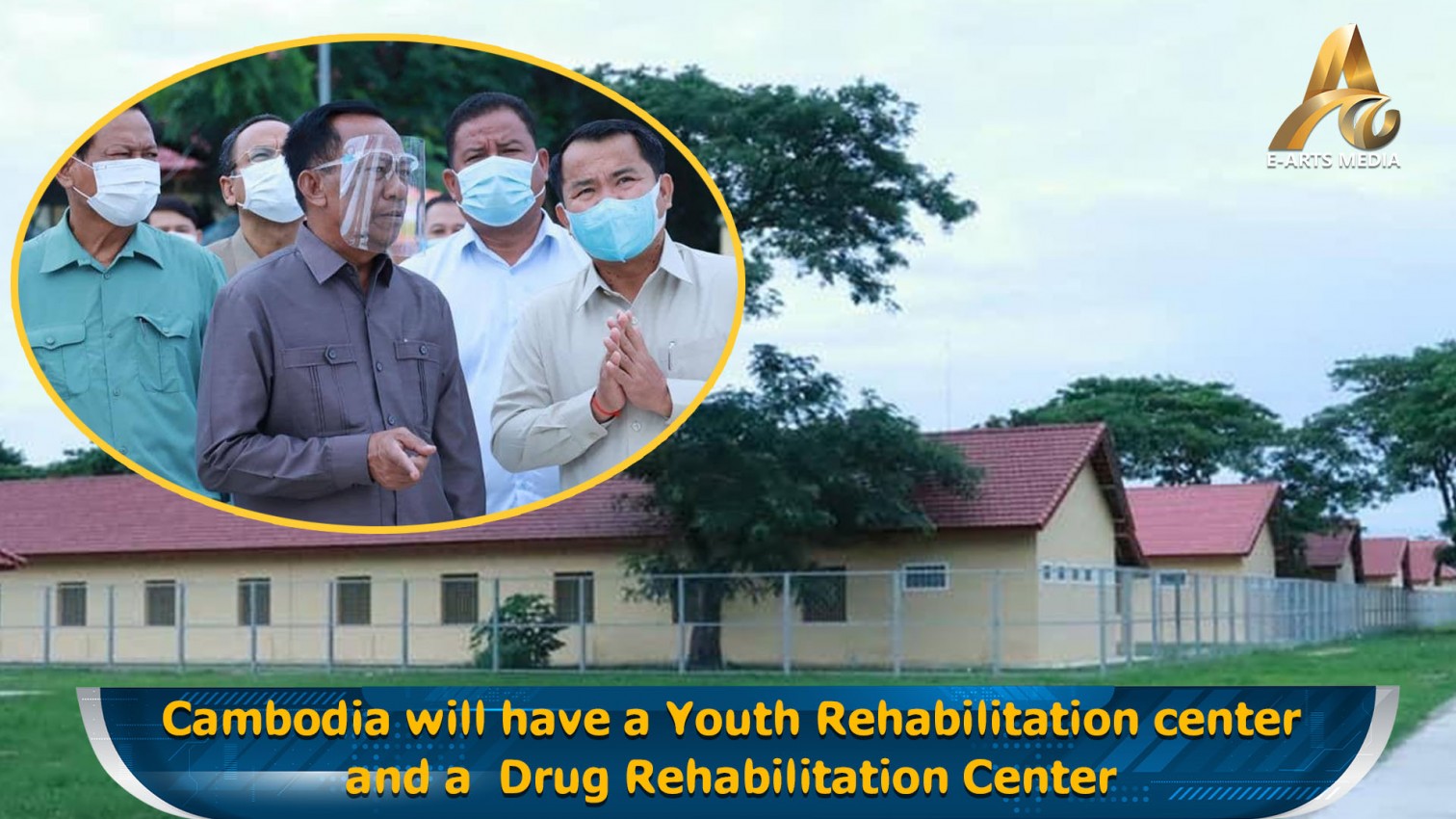TAKEO PROVINCE, Cambodia, 21 May 21, 2024 — Nestled just north of the ancient citadel of Angkor Borei, Wat Romlok holds layers of Cambodia's early Buddhist heritage, with its history stretching back to the 6th century. Recent archaeological findings at the site have uncovered some of Cambodia’s earliest Buddhist statuary, shedding light on the region's deep religious roots.
According to Nancy Dowling, an expert in Cambodian archaeology, these statues bear stylistic markers that link them to two distinct schools of Buddhism. One such connection points to a statue found at Tuol Preah Theat, which carries a Pali inscription indicative of Theravada Buddhism influences.
In recent excavations, two more statues of similar style have been discovered in nearby communes, further emphasizing the area’s historical significance in the study of Buddhist iconography. Also noteworthy is the ancient Chakra wheel housed in the local Angkor Borei Museum, originating from the same era as the newly found statuary.
The site is also renowned for housing a critical 16th-century inscription, labeled K.27, which details the establishment of a monastery delayed by military actions. The inscription reveals the invasion of King Naresuan of Ayutthaya into Longvek, raising intriguing questions about the historical context of the period. It prompts historians to ponder how a monk in the Angkor Borei area was aware of Naresuan’s military movements and the routes his forces might have taken, or what territories they controlled at the time.
Furthermore, the inscription provokes a discussion on the development of the Buddhist Sangha during this tumultuous period, questioning whether it evolved independently of the state, the extent of its autonomy, and its leadership dynamics.
Wat Romlok continues to be a focal point for historians and archaeologists, providing invaluable insights into Cambodia's rich and complex religious history. The ongoing discoveries and studies at Wat Romlok not only highlight the significance of this ancient site but also contribute to a broader understanding of Southeast Asia’s historical landscape.


























